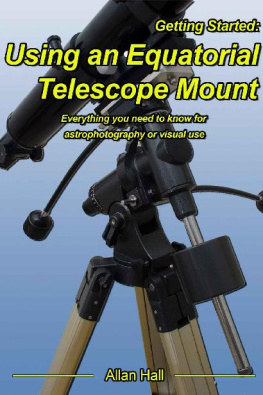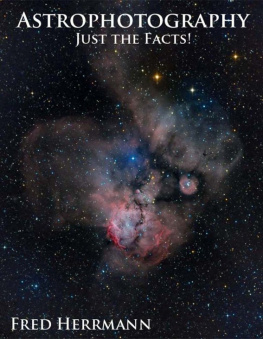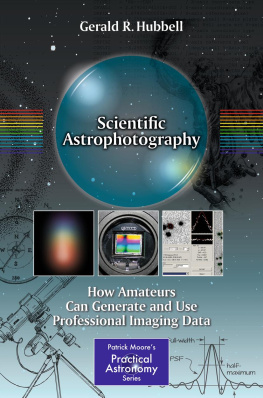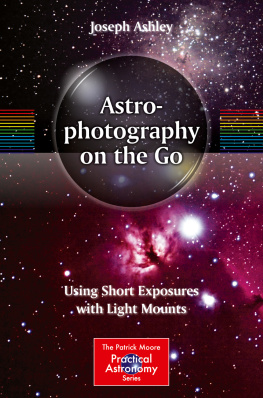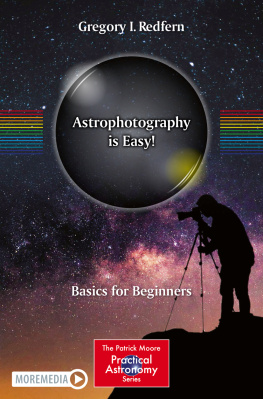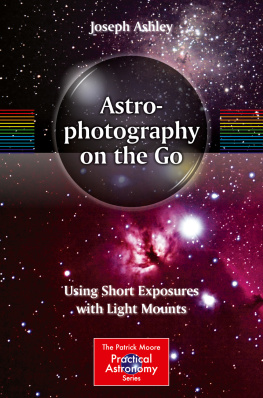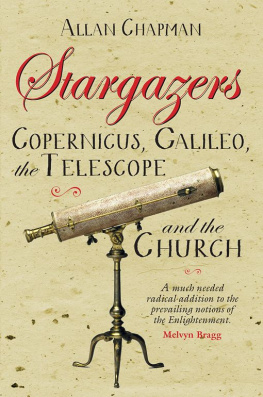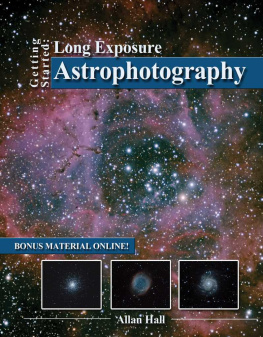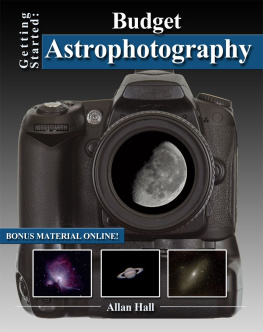All rights reserved. No part of this publication may be reproduced, distributed, or transmitted in any form or by any means, including photocopying, recording, or other electronic or mechanical methods, without the prior written permission of the publisher, except in the case of brief quotations embodied in critical reviews and certain other noncommercial uses permitted by copyright law. For permission requests, write to the publisher, addressed Attention: Permissions Coordinator, at the address below.
Although the author and publisher have made every effort to ensure that the information in this book was correct at press time, the author and publisher do not assume and hereby disclaim any liability to any party for any loss, damage, or disruption caused by errors or omissions, whether such errors or omissions result from negligence, accident, or any other cause.
Any trademarks, service marks, product names or named features are assumed to be the property of their respective owners, and are used only for reference. There is no implied endorsement if one of these terms is used.
TABLE OF CONTENTS
A little blurb about the hows and whys of the book. I also get a chance to introduce myself and say howdy! (I am in Texas so you may hear a lot of things like that.)
Do you know what an equatorial mount is? Here is where you find out!
Why should you use an equatorial mount and why is it a better choice than something else? Lets see!
If you have ever wondered how you navigate around the sky and find objects, this is the section for you.
Now that you know what an equatorial mount looks like, what are all those levers and dials? Here is where we show them all to you.
How we move the mount and telescope as well as how some of them can move themselves. Fortunately they dont move faster than we can catch them!
Once you order one and it arrives, how do you put all the pieces together? No, it is not alright to have pieces left over!
There are a ton of different things you can do to improve your mounts accuracy. Are they all necessary and when do I do which ones?
Here is where we get acquainted with your new mount and start getting it ready to get into the field.
You thought the polar scope was for aligning the telescope, now you learn you have to align it? Sheesh!
While playing with the mount is fun, you probably bought the mount to put a telescope on so lets find out how.
Even many advanced users have no idea what cone error is. Here is where we learn what it is and how to correct for it without becoming a cone head!
Once we get the telescope on the mount we have to make sure it all moves as smoothly as possible. This requires balancing (the telescope, you can put your other foot down now).
That little telescope looking thing on the side of the bigger telescope looking thing is called the finder. We need to make sure it and the telescope point at the same thing.
Now we need to make sure the mount is pointing to where it needs to be so that it can track objects in the sky correctly.
If your mount is a push-to or go-to then it has a computer built in. These need to be aligned and here is where we learn to do that.
You can polar align your mount without using a polar scope and even without being able to see the north or south celestial poles. Its magic!
You mean I can just let this thing align itself? Yes, no, and it depends. Didnt think you would get a straight answer did you?
Cant figure out why something is not right? Make a booboo and want to know how to fix it? Im not too proud to tell you how I messed up.
Where oh where can you look to learn more? Lots of places!Lots of links to places online and even a few books (that I wrote of course!)
Introduction
In the years I have been into astronomy I have purchased more telescopes and mounts than I care to admit. Most of the mounts were of the equatorial design. The one thing I have noticed is that not one of them included anything more than very basic assembly instructions.
The lack of directions led to some serious frustration and at least one fifteen year gap in my astronomy pursuit. I just could not understand how to make the telescope go where it was supposed to go.
Today we are thankful to have many great books on astronomy of which many have sections on the use of these types of telescope mounts. In addition we have online videos which can show us even more.
The problem today is that neither of these are good options for use out in the field under the stars. The books contain so much other material that they tend to be large, heavy and have only the basic information regarding the mounts. The online videos are fantastic except getting internet out in the middle of a field at night is problematic at best.
My solution was to develop this guide to do only one thing, help you setup and use an equatorial telescope mount.
The images and instructions included in this book are based primarily on three different equatorial mounts which include the Sirius, SkyView Pro and SkyView Deluxe, all manufactured by Orion Telescopes.
While other mounts will differ, the basics should be roughly the same. The two Celestron mounts I have used in the past (a CG3 and a CG5) are extremely similar as was the Great Polaris.
I will not waste your time telling you the wonderful features you can see on the moon. I have a book called Getting Started: Visual Astronomy for that. I also will not waste your money on big colorful images of nebulae and galaxies which have nothing to do with using your mount.
Instead I will attempt to show you everything you could possibly need to know about that strange contraption that supports your telescope.
Enough about what you will find in the book, lets get to it!
What is an equatorial telescope mount?
A telescope mount is the device that supports a telescope and provides the ability of pointing it towards an object in the sky.
The vast majority of amateur astronomers (pretty much everyone who observes the heavens and doesnt make their living doing it) use one of two different types of telescopes mounts; altitude azimuth or equatorial (called EQ for short). The rest use a mount that is probably a derivative or hybrid of these mount types.

Figure 1: A typical altitude azimuth telescope mount.
Altitude azimuth mounts move up, down, left and right. These work fine for a lot of visual observations but suffer from field rotation which we will discuss shortly. This can make it a little more confusing to use visually and very difficult to virtually impossible to use for astrophotography. They are however lighter, cheaper and easier to set up.

Figure 2: An EQ mount showing its rotational axes.
Equatorial mounts are slightly more complex to setup and use than an altitude azimuth mount, but they do not suffer from field rotation. EQ mounts follow the true motion of the sky and move in a sweeping arc. This makes them perfectly suitable for both visual and astrophotography. These can also be quite a bit smoother tracking than altitude-azimuth mounts.
Why use an equatorial mount?
The earth rotates around an axis. This axis is like a line going through the earth from the north to south poles and extending out into space. The point in space seems to be at different places depending on where you are on Earth.

